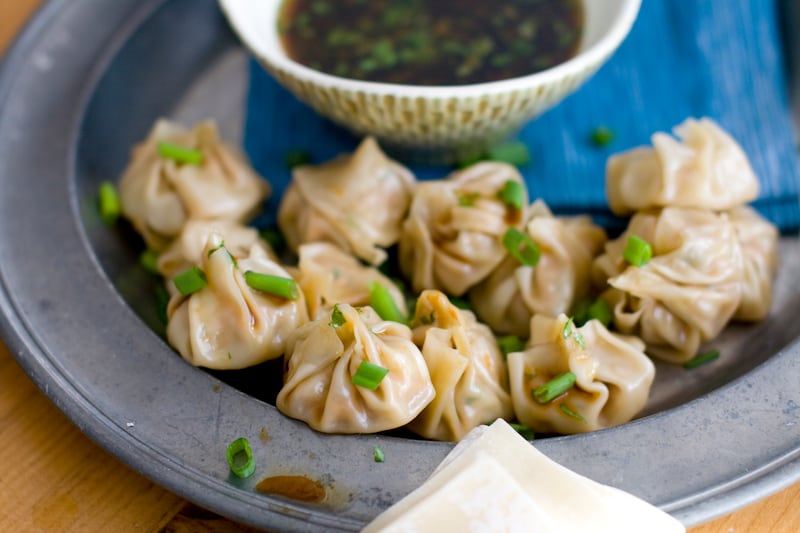Next week, on Jan. 29, begins the celebration that is known as Lunar New Year.
Lunar New Year is the biggest and most important holiday in China and Chinese communities around the world. It is a 15-day festival meant to be a celebration for the arrival of spring, according to National Geographic.
And at the heart of all the celebrations? Food.
Here are 10 traditional foods that can help you celebrate Lunar New Year this year.
10 Lunar New Year foods and what they symbolize
Dumplings (wealth)
According to China Highlights, dumplings have been a tradition for more than 1,800 years and they symbolize wealth.
It is believed that the amount of dumplings you eat is how much money you can make in the new year. So the more you eat, the better!
Dumplings can be made with various different fillings, including pork, chicken and even shrimp.
Fish (abundance)
The Chinese word for fish, “yu,” sounds similar to the word used for surplus or abundance. Having the whole fish is a staple for the holiday and is meant to be the last dish, according to History.
But wait — you aren’t meant to eat the whole thing. Instead, you’re supposed to leave some to represent hope for abundance to carry on into the new year.
Chicken (luck and wholeness)
Just like the fish, chicken is meant to be served as a whole — including the head and feet — and braised or roasted while seasoned with simple ingredients.
The chicken symbolizes unity, wholeness and a good beginning to the new year, per China Highlights.
Normally the whole chicken is offered to ancestors and gods with the hope of blessings and protection.
Spring rolls (wealth)
Another popular dish is spring rolls. With their crispy, golden color and rectangular shape, spring rolls look similar to gold bars and, thus, symbolize wealth, per History.
Spring rolls can be filled with vegetables, meat or even something a little bit more sweet.
Sweet rice balls (unity)
Sweet rice balls are just as they are described, glutinous rice balls served in syrup. It symbolizes togetherness, family unity and “hope for a sweet and harmonious year,” per History.
This sweet dish is a significant part of the Lantern Festival — the closing celebration of the holiday.
Longevity noodles (happiness and longevity)
Predictably, these noodles are meant to symbolize a wish for longevity. The length and “unsevered preparation” represents the eater’s life, according to China Highlights.
The longer the noodle, the longer the life!
Citrus fruit (luck and prosperity)
Tangerines and oranges are believed to bring good fortune. With their golden color and circular shape, they symbolize vitality and wholeness.
It is an act of good fortune for both the host and guest when they are offered and especially when offered in pairs or multiples, according to History.
Vegetables (spring, wealth and more)
You won’t want to skip your vegetables for this meal. They represent spring, renewal, energy, progress and wealth.
The most traditional vegetables used are lettuce, baby bok choy and gailan, or Chinese broccoli, per China Highlights.
Lunar New Year cake (a higher income or position)
Looking for a little bit of help getting a promotion or better grades? Then Lunar New Year cake is a must for your holiday menu.
Made of sticky rice, sugar, chestnuts, Chinese dates and lotus leaves, this cake represents a general improvement in life, per China Highlights.
Bánh Chưng (‘connection between heaven and Earth’)
This traditional Vietnamese dish is a square-shaped rice cake, filled with mung beans and pork, wrapped in banana leaves.
According to History, the square shape represents the “connection between heaven and Earth, signifying unity and promising good luck and fruitful harvest.”


